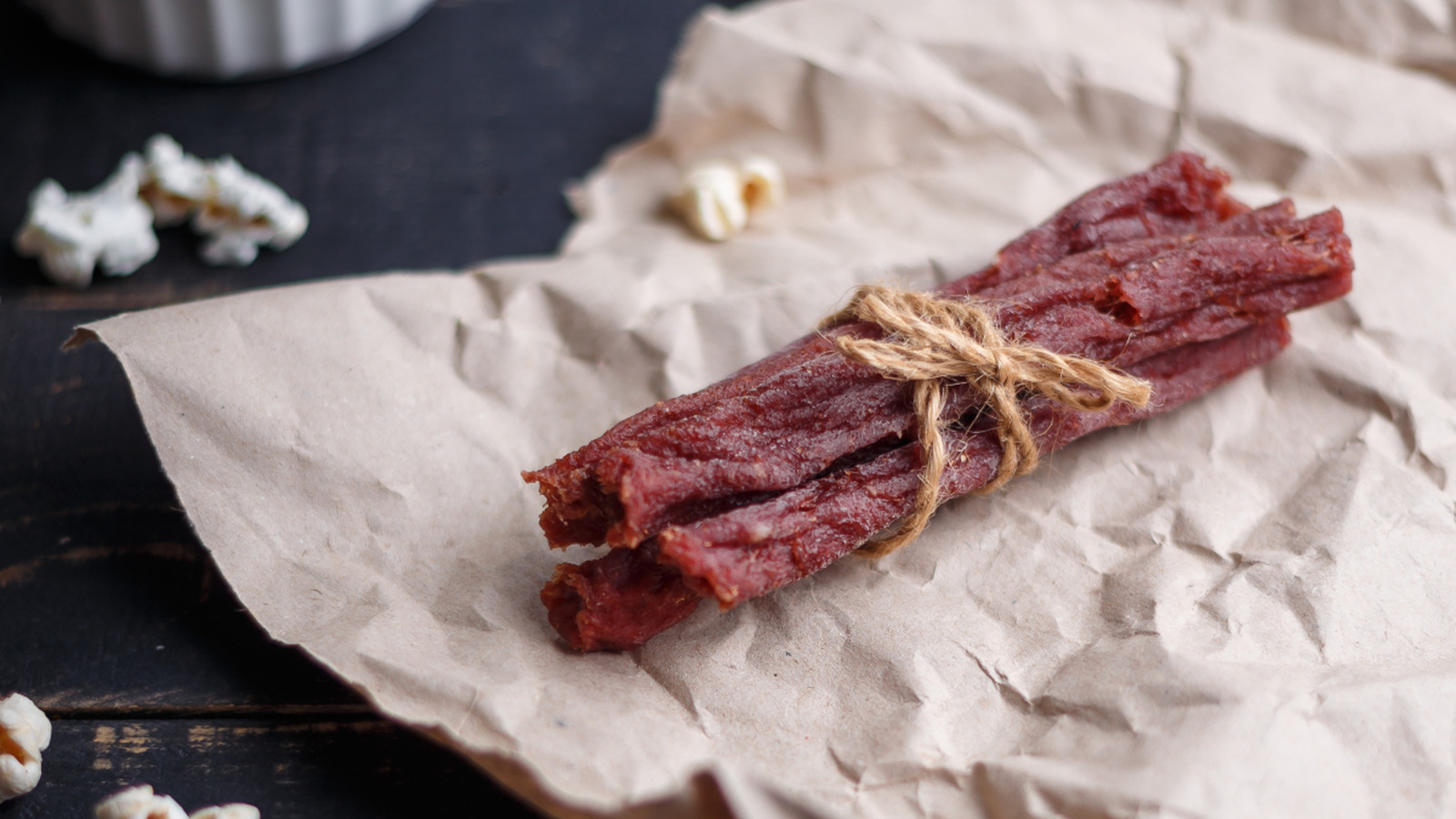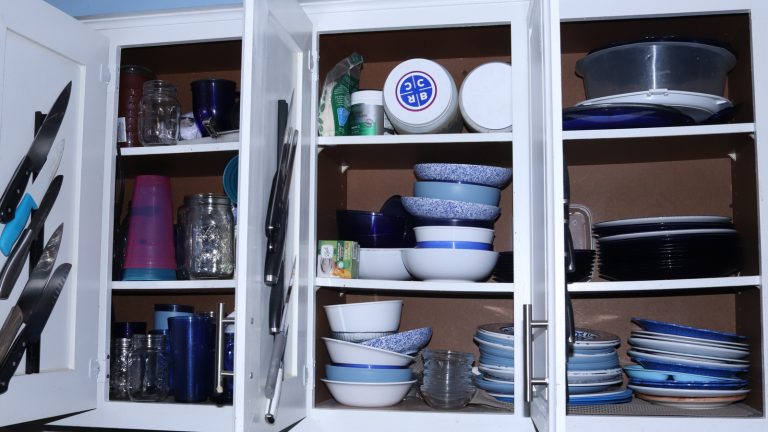It’s easy to forget that beef sticks (a slightly different variation of beef jerky) are, in fact, perishable. They may be able to withstand a careless toss into the backpack or a forgotten ride in your car, but that doesn’t mean they’re invincible. This cured meat still needs proper storage, not only to extend its shelf life but also to ensure food safety. Much like most other foods, it starts with a simple question: “Does this need to be refrigerated?” The answer, at the end of the day, comes down to whether the package is opened or not.
When unopened (vacuum-sealed in airtight packaging) beef sticks can last for over a year at room temperature (depending on their expiration date). This means you don’t have to store them in the fridge, although doing so would help to further preserve their quality and extend their shelf life. The case is especially true for homemade beef sticks, which usually have a shorter lifespan — usually around three months — than commercial varieties.
However, once you have opened the packaging, it’s best to keep the beef sticks refrigerated. More often than not, you might also see a note on the label that says “Refrigerate after opening”. At this state, they are most enjoyable within the first three days. After that, you might be left with dried out, badly-textured meat that has a less-than-satisfying taste. That said, given proper storage, they should be safe to eat for around 3 to 4 weeks.
Best practices for storing beef sticks
Even though unopened beef sticks fare relatively well at room temperature, they should not be left out for too long in hot areas. Sitting under direct sunlight, in a hot car, or other poorly-ventilated spots for too long, the moisture could turn into breeding ground for mold and other harmful bacteria to develop. A cool, dry pantry is one of the best places for them to be.
For opened beef sticks, tossing straight into the fridge might not be enough to maintain the quality for long. You need to also keep the air and moisture exposure to a minimum with a tightly sealed container or a ziplock bag. You can also freeze beef sticks, although this does come with the risk of compromising the taste and texture once thawed. Freezing meat is generally a tricky ordeal, and this particular storage method is recommended more so for unopened beef sticks — whereas opened ones will also need to be wrapped in an extra layer of aluminium foil, with the air squeezed out beforehand.
During the process of storage, don’t forget to look out for signs that indicate the beef sticks are no longer safe for consumption. Beef jerky’s telltale signs for spoilage often include mold, white spots, discoloration, and an off-putting odor, and it’s the same case with beef sticks. Other than physical cues, you should also check for holes and tears in the packaging, just in case there are hidden damages that could disrupt the storage process.






